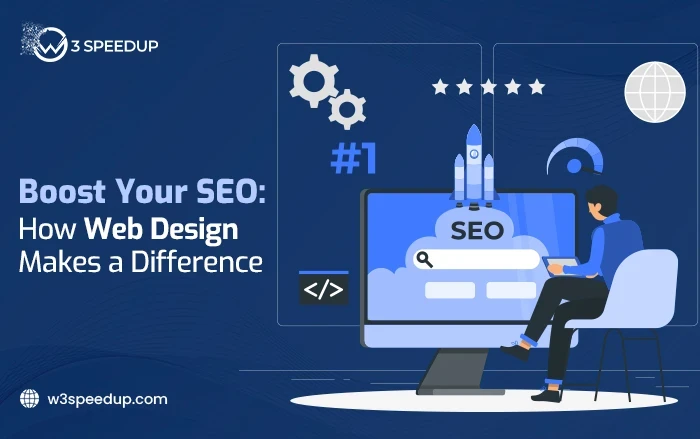In digital marketing and e-commerce business, one question stands out among all the others: how to stay visible?
And truly, if you think about it, how can a business, a website, or any form of e-commerce platform offering services, knowledge, and products stand out among the crowd of quite similar offers? As consumers, whenever we need something, the first thing we do is Google it! That’s an amazing starting point, as Google gives us dozens of different options to choose from but still, the most visited are the ones high up the list.
And that’s where SEO comes into play. SEO ( search engine optimization) has emerged as a pivotal strategy in this quest, enabling websites to rank higher in search engine results and attract organic traffic. The more keywords, related posts and phrases, and links, the better so implementing this strategy can help your business expand and grow. In the text below, we’ll discuss how to unlock the full potential of SEO and what kind of role it can play in web design.
The Key Role of SEO in Web Design
1. Mobile-Friendliness
In an age where mobile phones are almost like an extension of our arms, making websites with a more mobile-friendly interface makes it easier for dozens of consumers to see them, and so more traffic would be generated.
Google’s mobile-first indexing means that the search engine predominantly uses the mobile version of the content for indexing and ranking. Responsive websites have a better chance of being discovered, bolstering SEO efforts. Plus, given the fact that more people spend time on their phones than sometimes on their laptops, it only makes sense.
2. User Experience and Engagement
We must understand that Google prioritizes websites known for a seamless, intuitive, and engaging user experience. The better, the more chances there are of the website generating higher traffic, consequently, the overall SEO performance is more successful. A nice website layout, easy-to-navigate categories, a fine design, and more usually encourage visitors to stay longer, explore it, and engage in more content. For this purpose, the best way is to use proper web development tools. If you’re thinking of choosing to create SEO-friendly designs, the choice between Webflow vs. Framer is something you’ll have to think about. Let us take a look, Webflow is known for its powerful CMS capabilities, extensive customization options, and built-in SEO features, making it ideal for creating complex, professional-grade websites. Framer stands out for its rapid prototyping, interactive design features, and user-friendly interface.
It depends on the website itself, but whatever you go for, keep in mind that a fast-responding, well-designed, mobile-responsive website has a better chance of generating traffic and is more SEO-friendly.
3. Structural Organization of the Website
You might be asking why and how the structural organization of the website is related to SEO performance and the success of SEO. Well, we mentioned how it comes down to the user experience and usage. So, a logical structure of the site’s categories and tools helps search engines interpret the site’s relevance to user queries. Consequently, SEO has a better overall effect on generating traffic, so make sure there is a hierarchy with clear headings and other structural elements.
4. Local SEO
Another thing to consider when seeking to boost your SEO is the use of voice-activated AI devices, like Google Home. If someone is looking to have their hair cut, they may say something akin to ‘find a hairdresser near me’ to one of these devices. This is known as local SEO, and it is essential to harness this to boost both customer engagement, and your websites SEO.
How can you do this? By writing and creating content that features keywords relevant to your website, such as ‘hairdressers near me,’ you can focus the local search on your website and help the search engine bots optimize your page towards local customers or clients.
5. Accessibility
The more people can access the site, the better, so we’ll have to think about the site’s accessibility and how a well-designed website with several tools can help SEO. The emphasis is to include tools and make it more friendly for people with disabilities adhering to standards such as WCAG. This sort of accessibility can help SEO in a good way.
6. Interlinking and Navigation
SEO heavily relies on interlinking, as interlinks help search engines (Google for example) create a comprehensive relationship between the pages, which plays a role in generating more traffic and making SEO perform better. Now, how can web design change this and make it even more efficient? The basic idea is simply that a well-thought-out menu that is easy to navigate and that categorizes the content logically helps search engines index the site better as opposed to the others.
We can understand and see now how and why web design and SEO are connected and related. The idea is simple, the better the design of the website (better user experience, easy to access, easy to use, and to navigate), the better the chances of SEO working overall. Web design is the foundation, technical flaws and imperfections can affect search engine index and make it easier for the website to stand out. And the harder it is for the website to stand out, the lower the chances of it generating more traffic.
 Christmas Mega Sale – Enjoy Up to 50% OFF on Every Plan!
Christmas Mega Sale – Enjoy Up to 50% OFF on Every Plan! 



